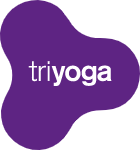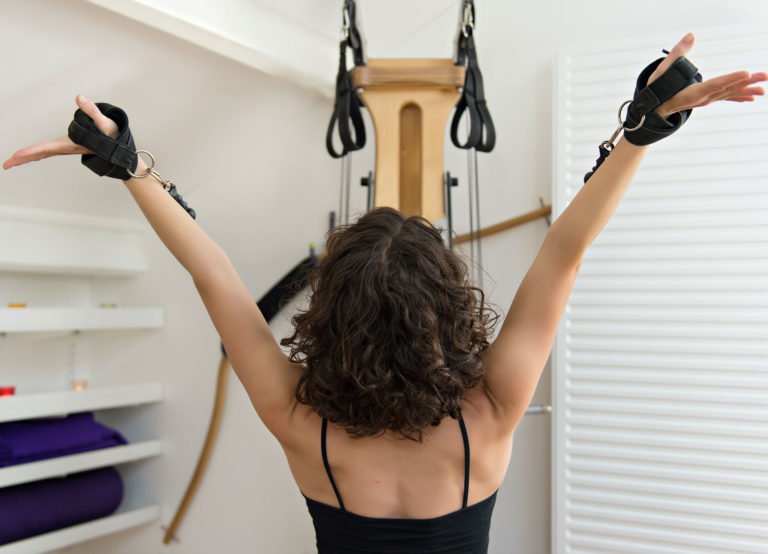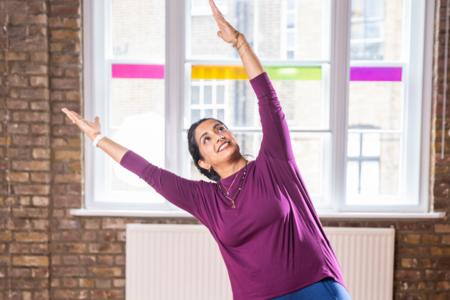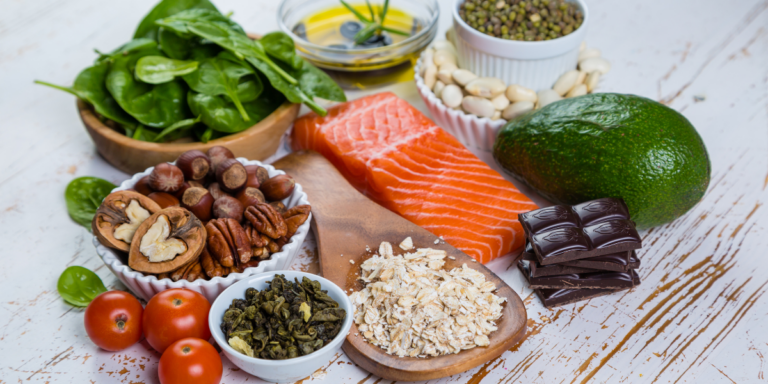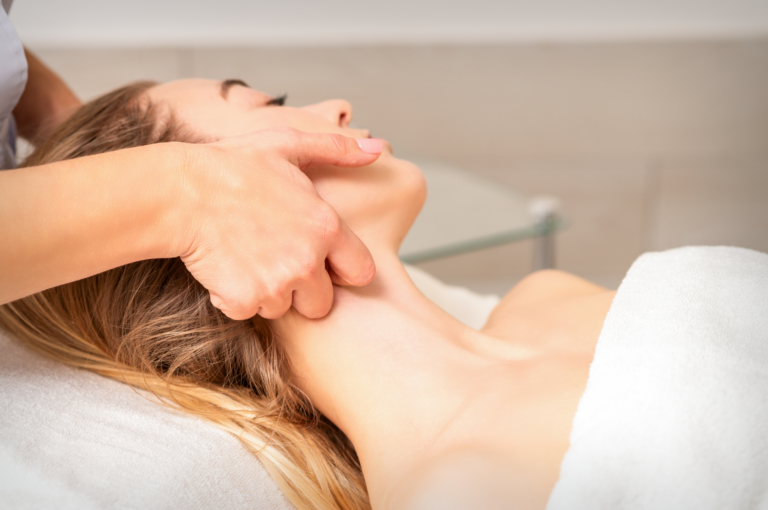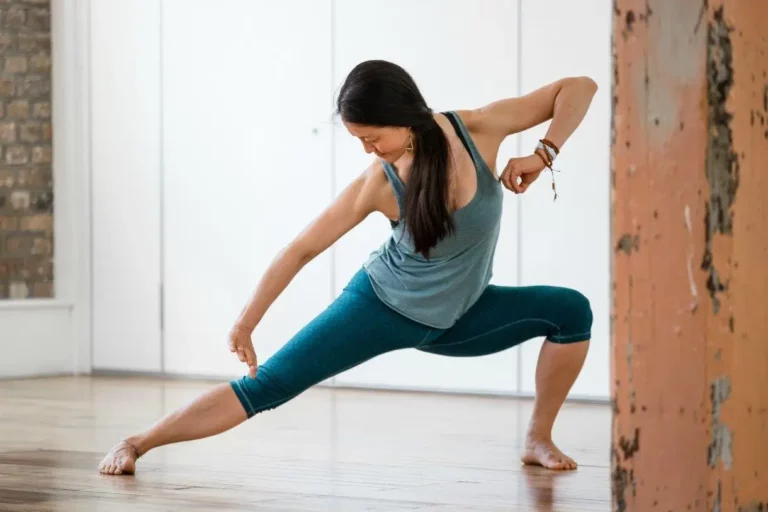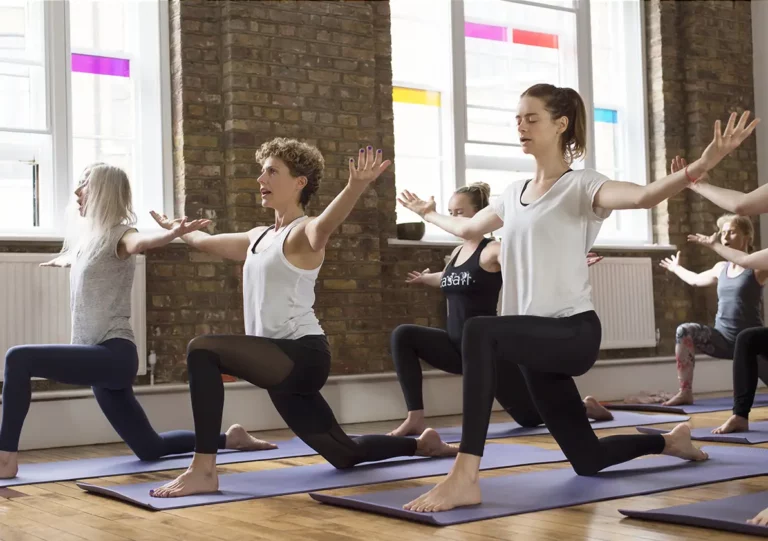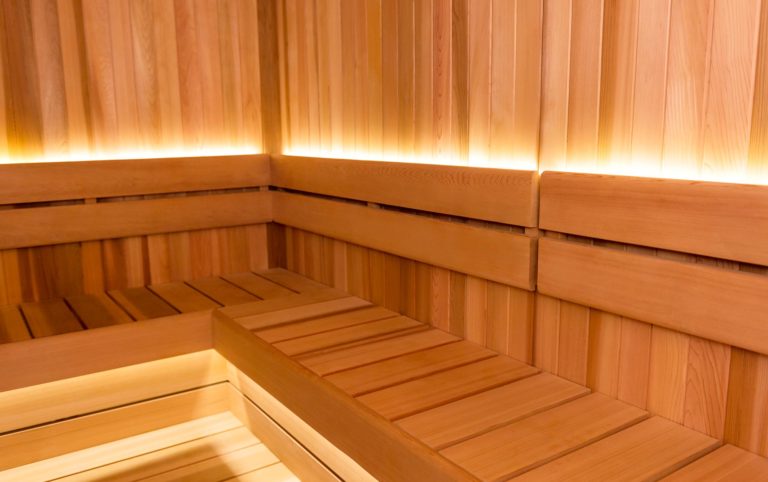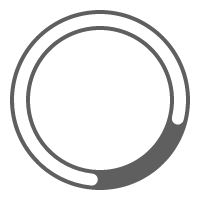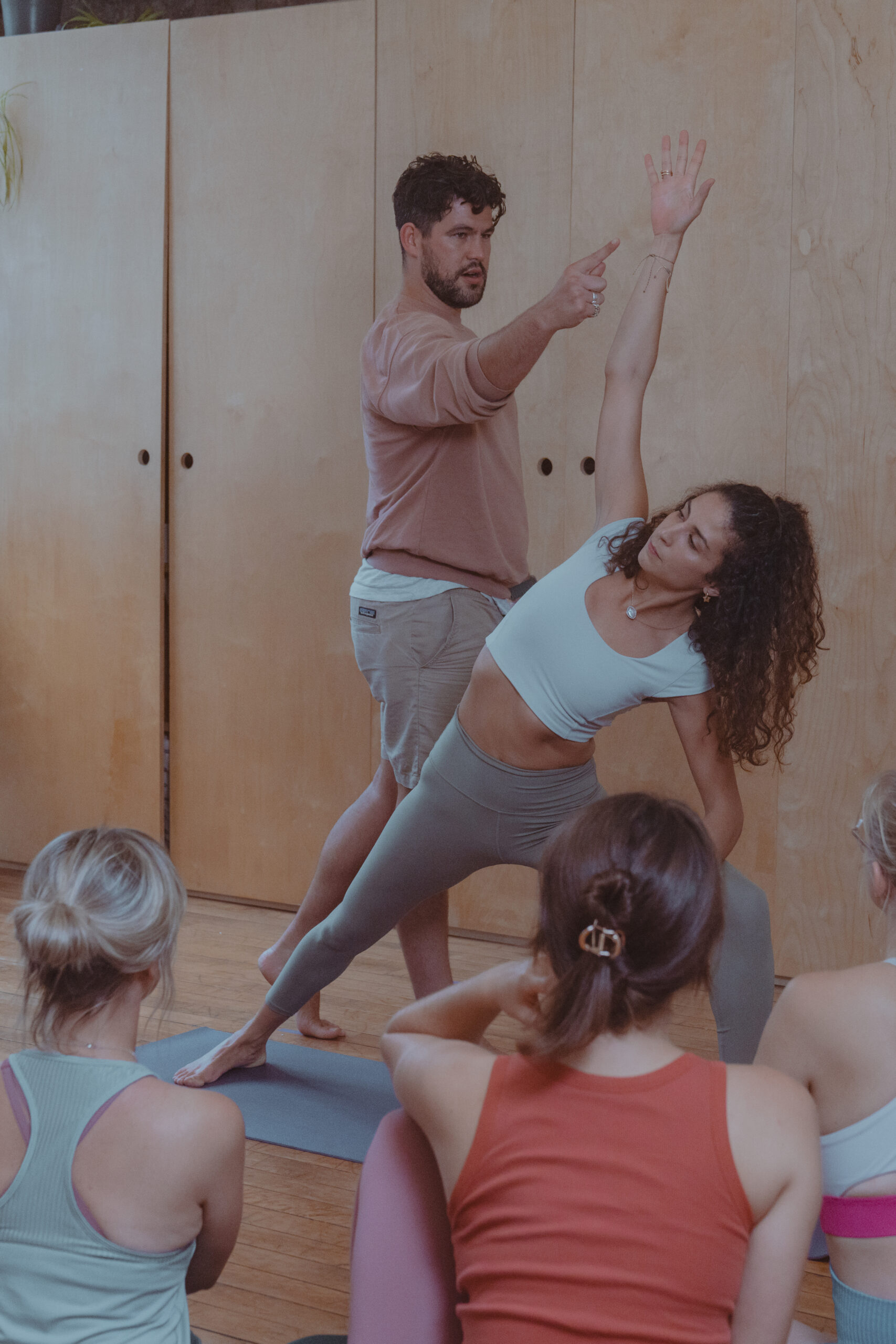When I tell people that I teach GYROTONIC® classes, I am almost always met with the inevitable question, “Oh, what’s that? I’ve never heard of it.” Presuming that many of you reading this would have had the same response, I decided to do this blog and hopefully answer some of your questions…
Juliu Hovarth, the creator of the method was a Hungarian ballet dancer who defected from Romania and received political asylum in the US. During his time with Houston Ballet, he ruptured his achilles tendon and damaged a spinal disc which ended his career – but began his exploration of movement and meditation that lead him on the path to create the GYROKINESIS® (previously known as Yoga for Dancers) and GYROTONIC® methods. It is often seen as holistic as the physical body becomes intertwined with one’s emotions and mind as the body works as one through the flow of the movements.
“The ultimate aim is to be at home in one’s body, to be at one with the nature of oneself, and to experience exercise as a creative and delightful experience.” – Juliu Hovarth
The GYROTONIC® method has four principles which focus on the improvement of mobility and strength. This is done through circular and spiralling multi-directional and three dimensional controlled movements working through larger ranges of motion. The principles are intention, stabilisation, decompression and coordination.
The movements of GYROTONIC® exercises focus on the muscle, fascia, skeletal, nervous system and your energetic self. This combined with the continuous flow from movement to movement, tempo changes, breath patterns and repetition creates a feeling of energy rising within the body, through aerobic and cardiovascular stimulation. The focus on the breath nourishes the body whilst working softly on the muscles and joints, building core and lean muscle strength.
GYROTONIC® exercises also user many specialised pieces of equipment but the main is the pulley tower. The tower uses various pulleys and weights that apply constant resistance that eliminates any jarring at the beginning or end of an exercise when many injuries occur. The weights and resistance can be adapted to suit the individual’s needs and strength from athletes to rehabilitation.
The handle unit is also on the pulley tower that is used for the ‘arch and curl’ series, which increases your spinal column’s functional ability and mobility. The seven spinal movement principles create a balance in the upright body, whilst also stimulating the nervous system, are:
- Bending forward
- Extending backward
- Side-bending to the right
- Side-bending to the left
- Rotating to the right
- Rotating to the left
- Articulated circular movements
“It’s like my body is creating a symphony with the movements and each day is different; sometimes the strings take over and other times the wind, but ultimately the orchestra plays as one.” – Juliu Hovarth
As much as I have tried to give you some insight into what GYROTONIC® is about I truly believe that you must experience it for yourself and feel the freedom of movement and flexibility that it creates in your body.
Click here for more information about GYROTONIC® sessions at triyoga and to book your class.
